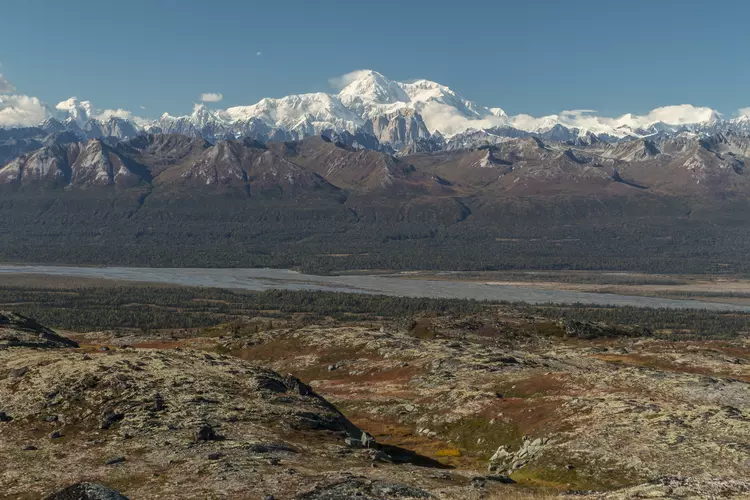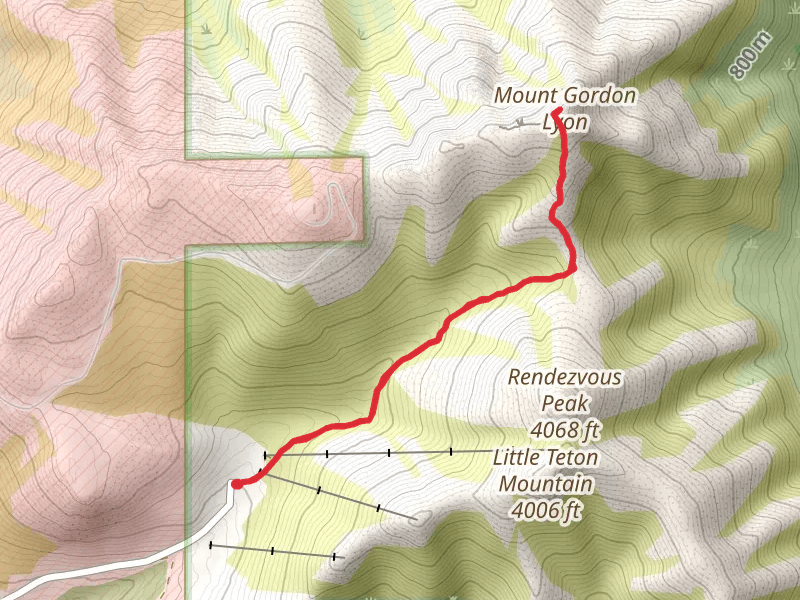Best historic landmarks hikes in Alaska
Take a stroll through time! These hikes lead to fascinating historical landmarks.
Here are some great hikes to explore in Alaska.
Most popular hikes
Reviews for historic landmarks hikes in Alaska





Frequently asked questions for hikes in Alaska

Alaska's dramatic weather varies seasonally and regionally. Winter (October to April) is long and cold, making most trails inaccessible due to heavy snowfall and icy conditions, unless you're up for snowshoeing or winter trekking.
Spring (May to June) offers longer daylight hours, cooler temperatures, and less crowded trails but watch for lingering snow on higher grounds. Summer (June to August) sees warmer temperatures and is the best time for hiking, though mosquitoes can be bothersome.
Fall (September to October) is short with colder temperatures setting in quickly, but autumn foliage can make for beautiful scenery. Before setting out, always check trail conditions and weather forecasts at www.nps.gov/akso.

In Alaska, hiking often doesn't require permits, but backcountry camping in national parks may. For Denali National Park, for instance, free permits are required and obtained at the park's visitor center. Always verify with specific park services for rules (www.nps.gov/state/ak/index.htm).

Wild camping in Alaska's vast wilderness is generally allowed, particularly in national forests. However, specific rules apply within national parks, and a backcountry permit might be required. Bear safety is crucial. Check the National Park Service website (www.nps.gov/state/ak/index.htm) for location-specific regulations.

In case of emergency while hiking in Alaska, dial 911. The Alaska State Troopers coordinate search and rescue operations in collaboration with various volunteer organizations. Always share your hiking plan with someone and carry necessary survival and communication gear. Check https://dps.alaska.gov/ast/sar/home for more information.

Alaska's flora varies with its diverse climates. Coastal rainforests, boreal forests, and arctic tundra each host unique plants. In summer, hikers will enjoy wildflowers in high meadows. Be aware of plants like poison ivy or devil's club. Visit www.nps.gov/state/ak for more details on local flora.

Hiking in Alaska brings encounters with a variety of wildlife, from moose and bears to bald eagles. In summer, mosquitoes can be prevalent. Carrying bear spray and making noise can deter unwanted animal encounters. For detailed wildlife information and safety, visit www.nps.gov/state/ak.
More hikes in Alaska
by difficulty
by type









